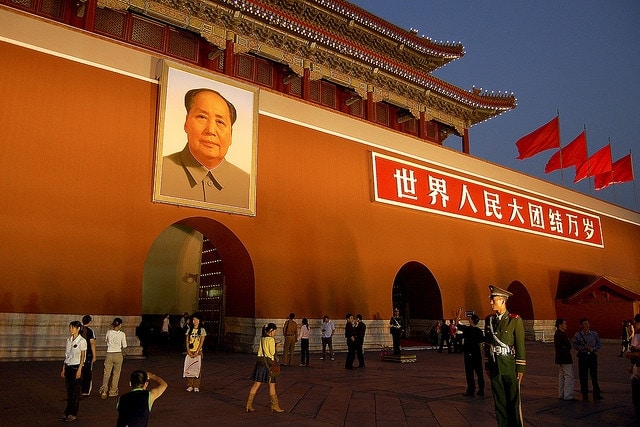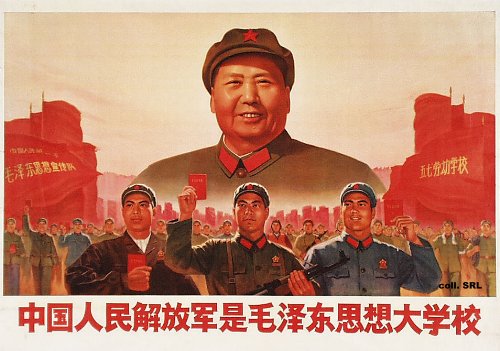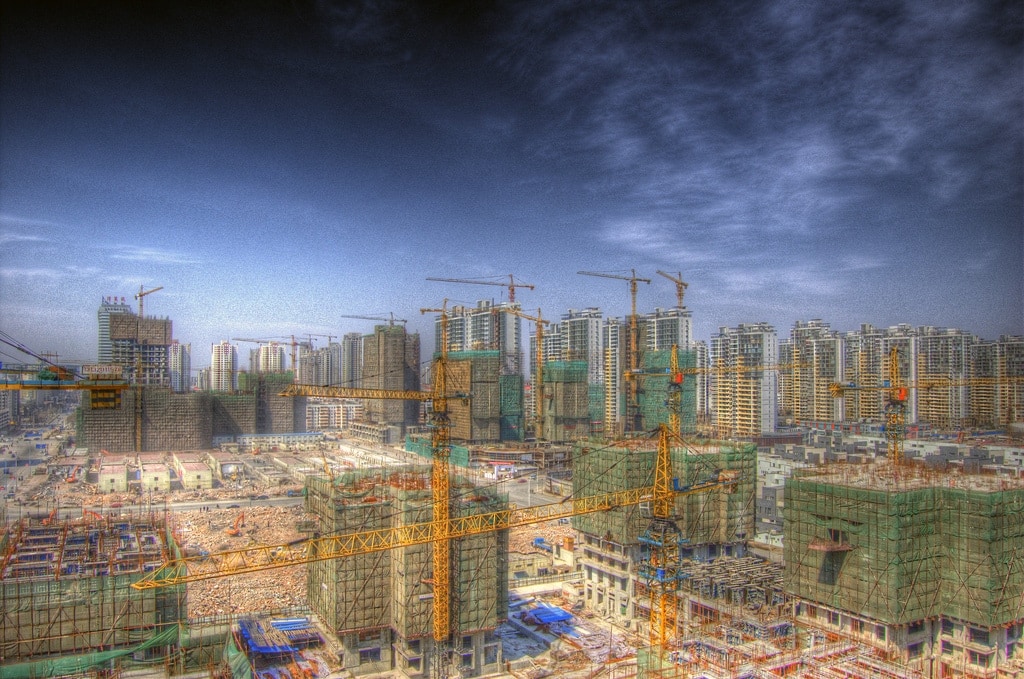Whilst to an outsider Chinese culture can seem complex and confusing a large part of being successful in China requires a basic level of cultural understanding which is often lacking when foreign enterprises set up shop here initially. Indeed many high-profile failures can be attributed to basic misunderstandings which inevitably led to breakdowns in trust and ultimately conflict.

Photo by Roevin
With a little prior knowledge, it doesn’t have to be this way and, in somewhat of a continuation of a short presentation I wrote last year, this series of posts aims to explore the main facets of Chinese culture with the aim of providing an overview of the key differences between east and west that one can expect to encounter and how they can be dealt with; Chinese culture in a nutshell if you like!
Over the next three weeks, we’ll take a high-level look at Chinese history, language, society, education, food, core concepts in thinking, and key differences with practical tips and advice to help. Hopefully, by the end of it, you’ll have a clearer grasp of the essentials which should go some way to lessen the impact of culture shock for those new to China and perhaps shed some new light for those already here. In addition, I hope to get your feedback and make improvements as there are bound to be differences of opinion or interpretation.
So without further ado, we begin with a bit of background…
History
To understand China first you have to know a little about its history. China is one of the world’s oldest civilisations dating back more than five millennia and was ruled by successive dynasties until 1912. During this time many great discoveries in the fields of science and technology were made including the inventions of paper, printing, gunpowder, and the compass. This period also saw the construction of many landmarks such as the Great Wall which stretches over 4000 miles. After a period of foreign occupation and civil war, the Communist Party of China (CPC) led by Mao Zedong gained control of mainland China in 1949 and established the People’s Republic of China (PRC).

“The People’s Liberation Army is the great school of Mao Zedong thought.”
During the 50s and 60s mainland China underwent a series of disruptive socioeconomic movements (the Great Leap Forward and Cultural Revolution) that left much of its education system and economy in shambles. It wasn’t until new leaders such as Deng Xiaoping began implementing a series of political and economic reforms that eventually led to China’s rapid economic development starting in the 1990s.

Photo by MK Media Productions
The modern China of today is as much shaped by its past as it is rapidly abandoning old ways and looking to the future. While many of its big cities (Beijing, Shanghai, Shenzhen etc.) are comparable to any in the west the underlying culture is still vastly different. Travelling outside large urban areas also highlights the growing disparity between rich and poor which is important to remember when considering China as a whole.
Next time we focus on how Chinese culture has been influenced by language.
If you have any experiences you’d like to share or think I’ve got something wrong please feel free to leave a comment below.

Leave a Reply to David Cancel reply